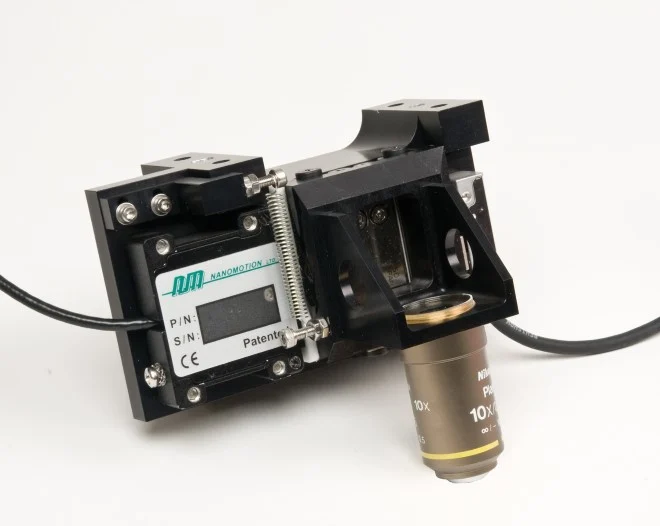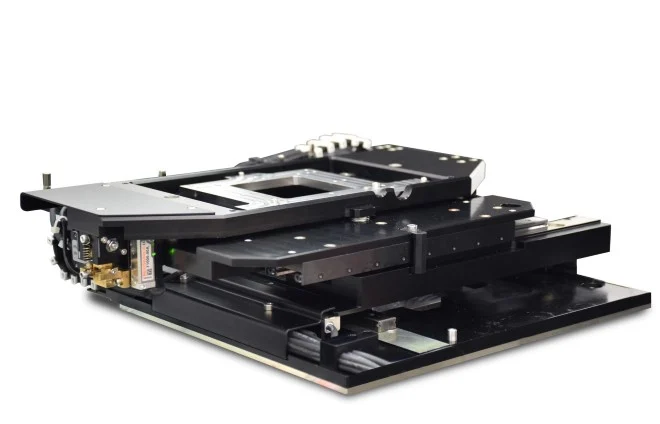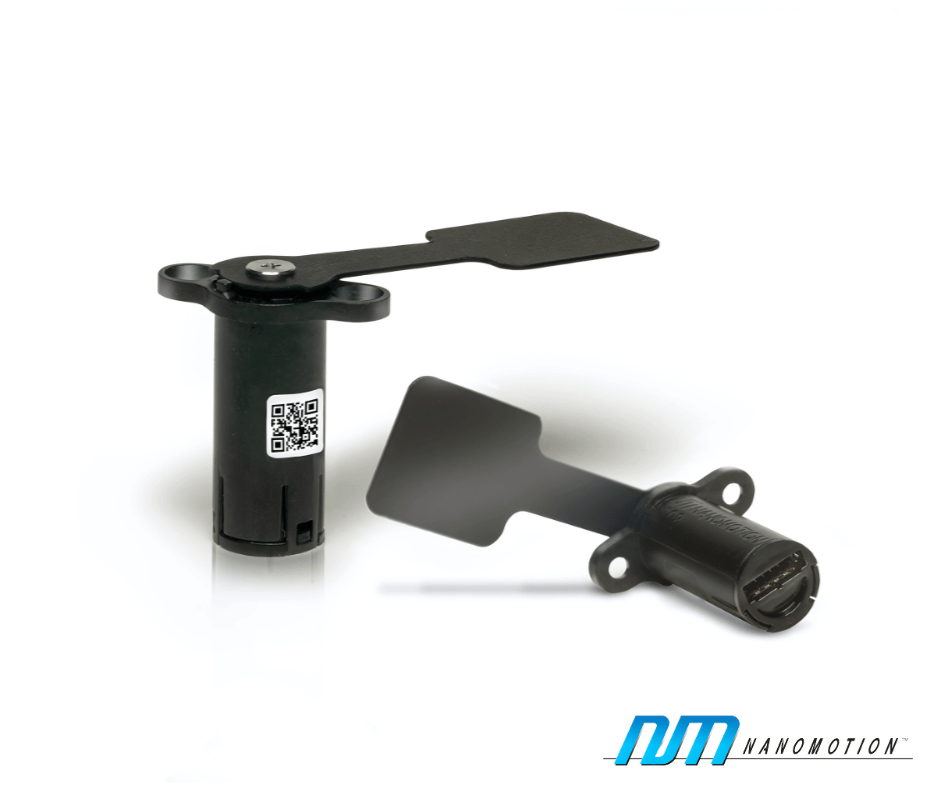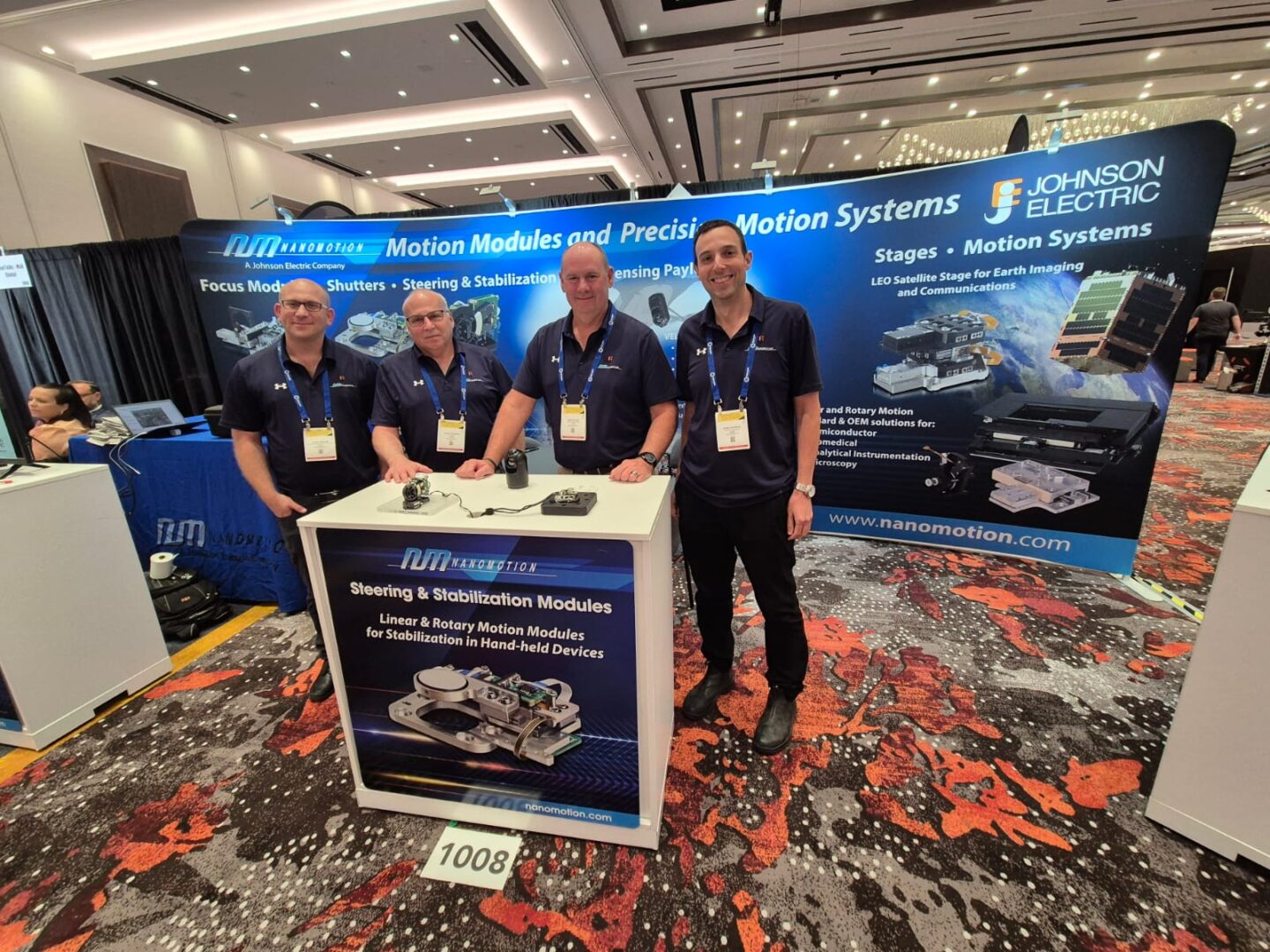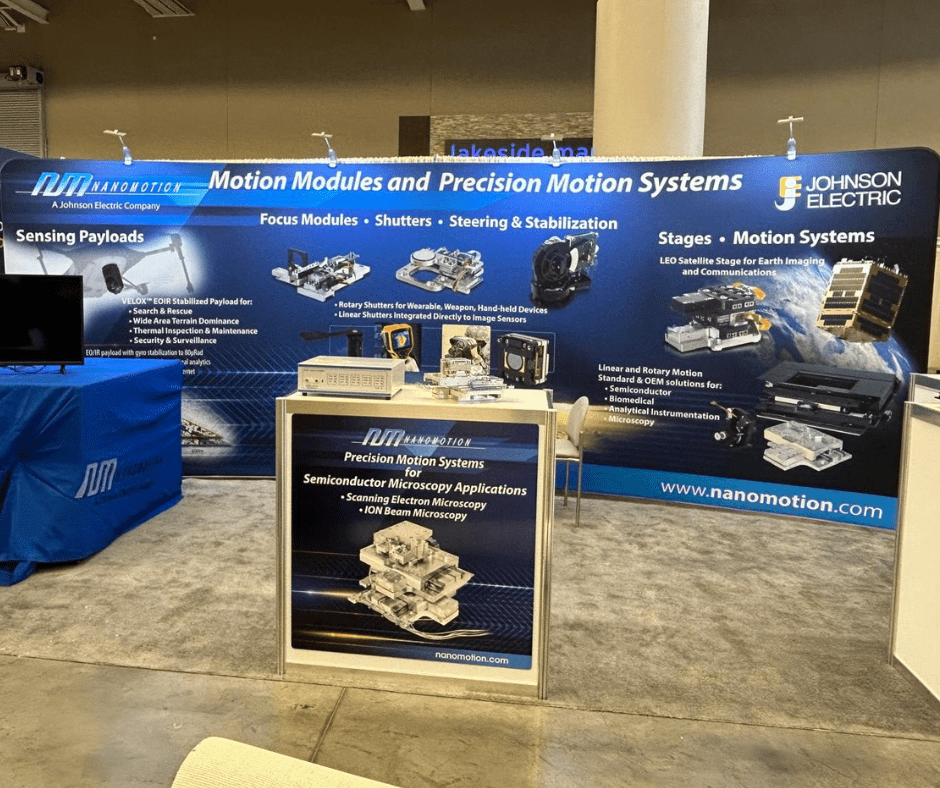Microscopy: The field of using a microscope to view samples or objects. In the field of microscopy, there are a wide range of types of microscopes ranging from an optical (or light) microscope, to Electron beam or Scanning Probe Microscopes. In its simplest form, a light microscope is based on passing visible light through (or reflected off) a sample, ultimately magnified by a single or multi-lens arrangement. These images can be viewed or captured digitally by camera.

While the birth of the Microscope dates back to approximately 1590, there are many claims as to who was the first inventor:
- Zaccharias & Hans Janssen were spectacle makers and experimented with multiple lenses in a tube, increasing the magnification of objects, in the 1590’s
- Galileo, in 1609, ultimately configured multiple lenses (convex and concave) into a tube, resulting in the Telescope and incorporating a focus device. Ultimately this was celebrated in 1624 and given the name “Microscope”.
- Anton van Leeuwenhoek, often referred to as the “Father of the Microscope” ultimately used a single, strong lens to see and identify bacteria, bringing advancement to the biological community.
| And others, like Robert Hooke, who took the work of others and made significant improvements, made the microscope a functional tool for discovery purposes and was credited with inventing the “English Microscope”. |
Product Focus
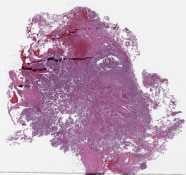
Today, Light Microscopes are used in the life science & the instrumentation community to image everything from cells, tissue, bacteria and other materials, both with static images as well as live cell imaging. The process for using a microscope and capturing an image continues to make great advances, based on the core technologies in image acquisition, lighting, and motion.
Nanomotion is engaged with the design and manufacturing of a wide range of motion platforms to meet the most demanding motion requirements for use in microscopy for the life science & instrumentation community.
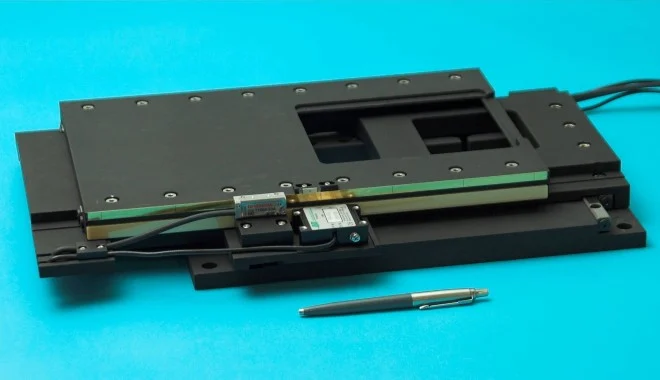
Motion requirements range from high resolution positioning and stability through slow speed constant velocity for sample management. Focus axes that need to follow sample terrain are required to make high speed small moves, with exceptional move and settle performance. Nanomotion’s expertise in moving samples & optics ranges addresses the most demanding performance requirements. Our motor technology optimizes the ability to create OEM solutions for diverse range of instruments.
